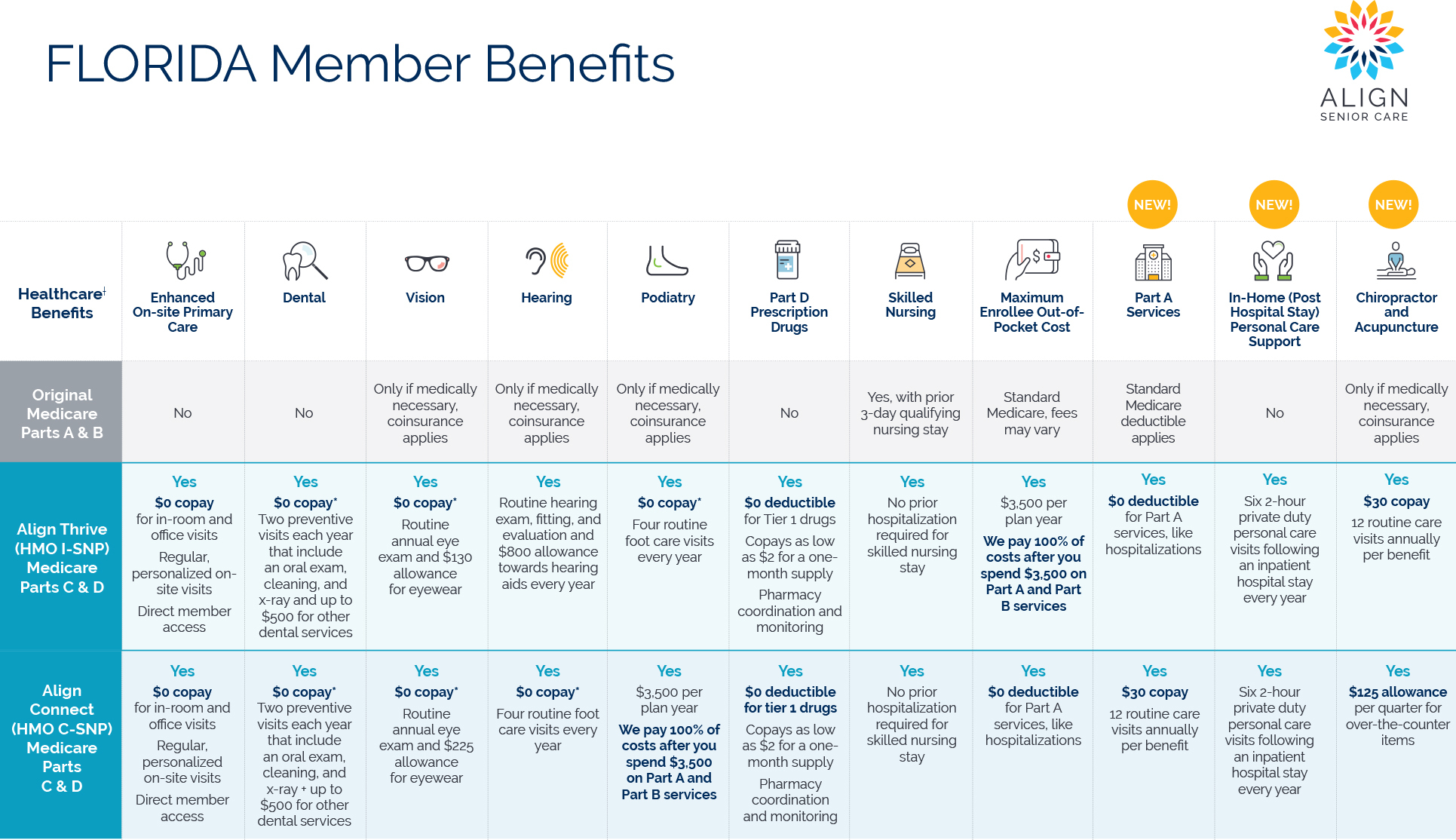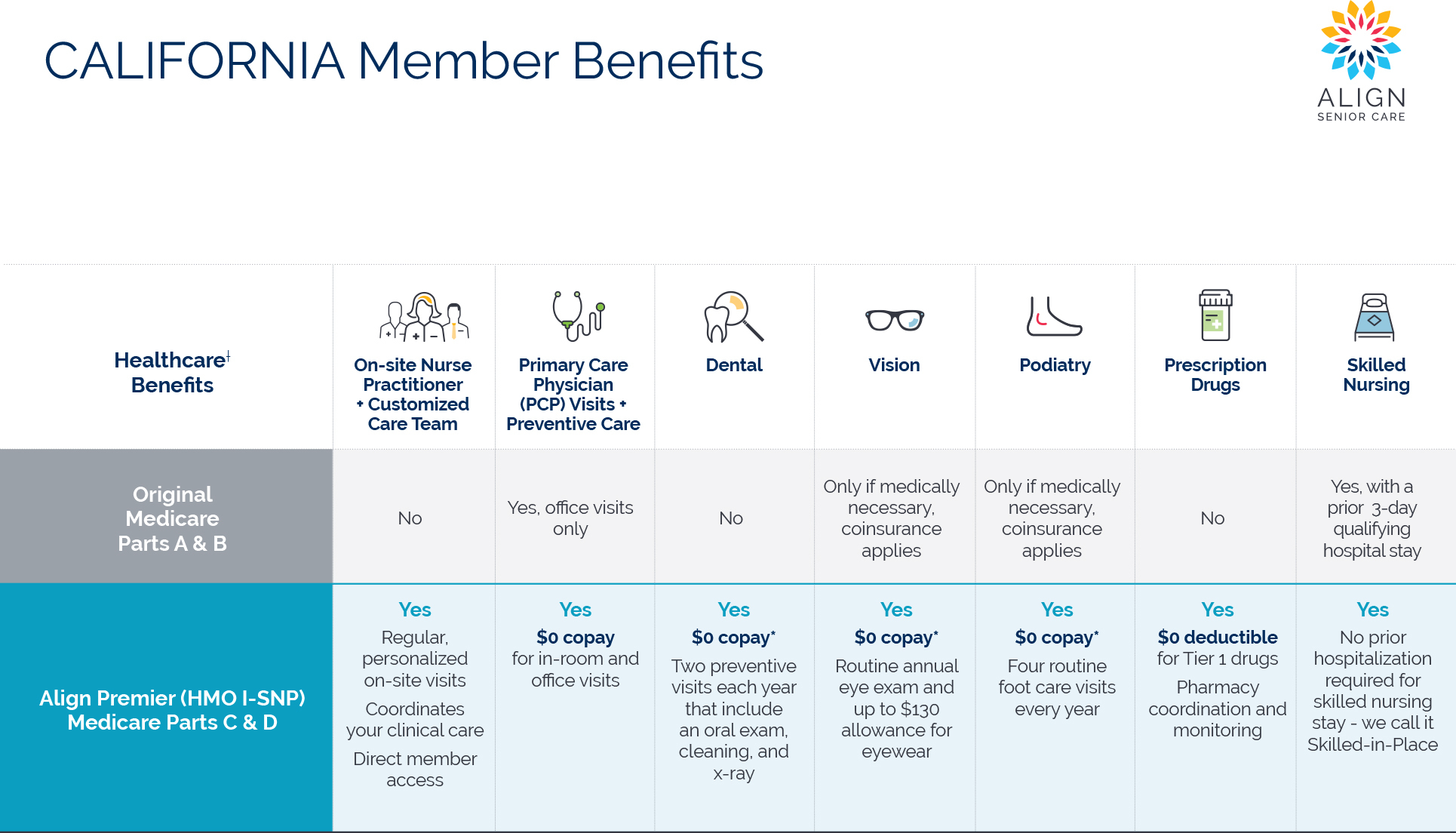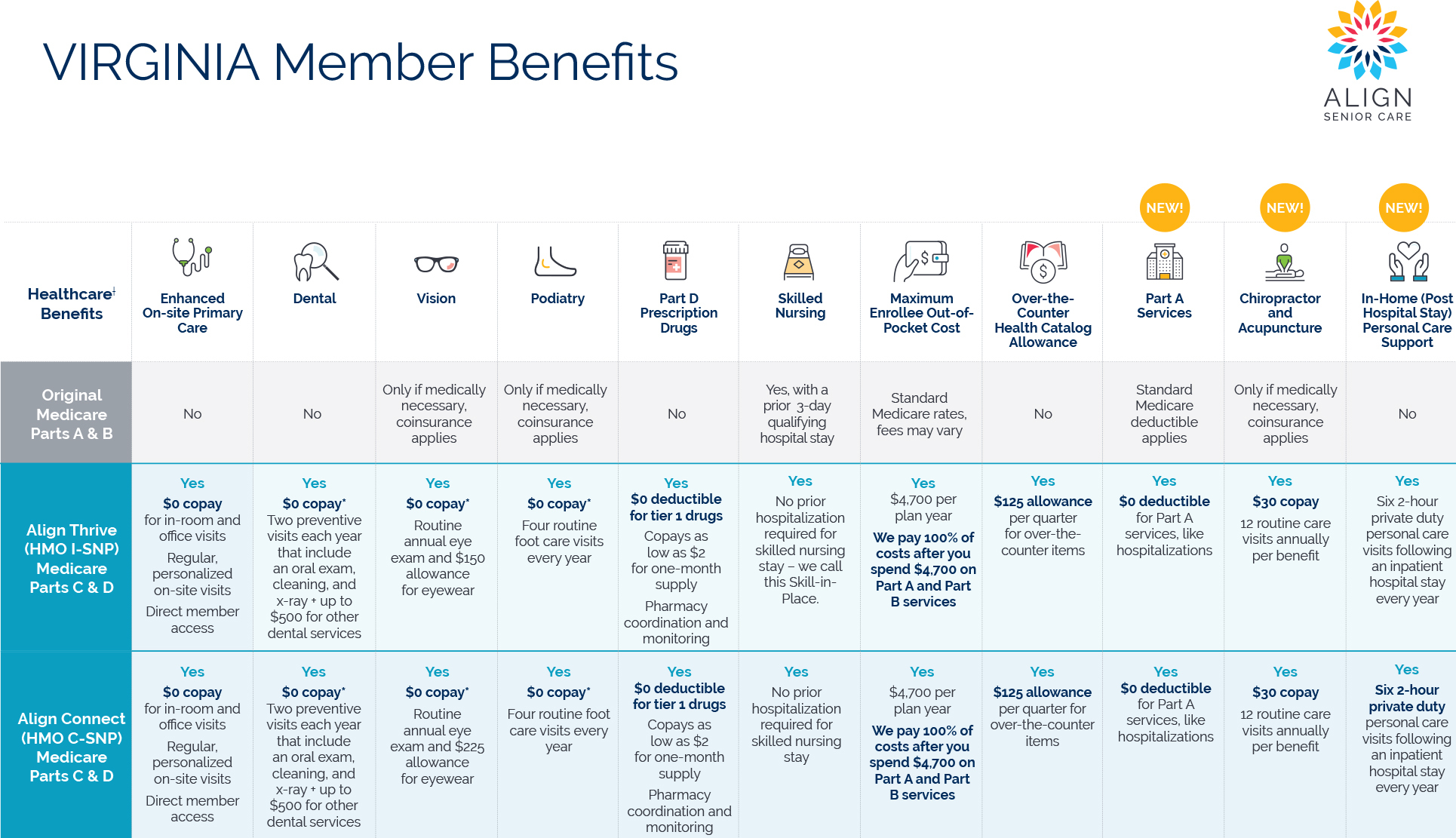It’s common knowledge that maintaining your posture becomes more challenging as you age. By age 30, most people have posture issues, such as slouching, leaning, and even height loss.
Changes in posture are normal and may not require immediate medical attention. However, it is still vital for aging individuals to work on improving their posture, as poor posture can exacerbate common health problems as people get older.
How to Improve Posture with Posture Exercises for Seniors
Simple exercises can help improve your posture. It doesn’t matter when you perform these exercises, whether first thing in the morning, after lunch, or before bed. The most important thing is to have consistency and to do them daily. Some of the crucial exercises you can perform to maintain your posture include:
- Wall Tilts
This exercise is an excellent workout for enhancing pelvic and gluteal strength. In addition, it alleviates lower back discomfort and improves lower back posture.
Start by leaning against a wall with your back. Place one hand behind the lower back, contract your abdominal muscles and tuck your pelvis under. This move flattens your lower back; if you feel pressure on your hand, you’re doing it correctly.
While doing this exercise, keep your shoulders and the back of your head against the wall. If this exercise is difficult for you while standing, try sitting with your back against the wall.
- Arm Raises
Arm raises improve rib flexibility, making it easy to breathe. This exercise improves your ability to elevate your rib cage and return your shoulders to the correct position when you breathe.
To do the exercise, sit or stand and put your arms at your sides and your spine neutral. Then, bring your elbows parallel to the ground. It is advisable to inhale as you raise your arms while slowly bringing your shoulder blades together. Do 10 arm raise reps for best results.
- Shoulder Circles
Shoulder circles are an excellent workout for “setting” your spine and shoulders throughout the day. Start by standing tall, putting your shoulders back and your head high. Then, without rounding the shoulders forward, raise the shoulders upwards while keeping proper posture. Then, descend your shoulders while pressing the scapula together and return to neutral without rounding your back. Perform two sets of eight reps.
- Shoulder Blade Squeezes
Start by standing tall; put your shoulders back and your head high. Bend your elbows to 90 degrees and keep them close to your sides.
Maintaining proper posture, bring the shoulders back and squeeze the shoulder blades together. You might feel a stretch in the chest and at the front of your shoulders. Do not allow your shoulders to rise. Perform two sets of eight reps.

Good Posture Habits While Lying Down
Try sleeping on your back or side to minimize pressure on the spine. In addition, sleeping on the back is helpful for some individuals with sleep apnea.
Stomach sleeping keeps the head tilted in one direction, leading to neck pain. It also extends your neck backward, resulting in spinal compression. Spinal compression caused by stomach sleeping can restrict blood circulation and pinch nerves.
Correct Posture While Sitting
You can achieve good posture while sitting by tilting your hips forward and backward until you find a comfortable posture. Then, move the center of your back, including your ribs, forward and backward until you feel comfortable. Finally, bring your chin forward and back, ensuring your head is pain-free and balanced.
How to Stand with Good Posture
Ensure that your spine is neutral before beginning standing posture exercises for older adults. Start by standing with your feet approximately shoulder-width apart, knees bent, and arms at your sides. Next, focus on your pelvic region. Move your pelvis forward and backward until you achieve a comfortable posture.
Next, focus on your back. Alternate arched and rounded back positions until a comfortable “middle ground” is established and you feel at ease. Then, adjust your chin forward and backward until you achieve a comfortable middle ground and your head is balanced on your shoulders.
Get the Personalized Medical Coverage You Need as a Senior with Align Senior Care
A good posture entails training your body to stand, walk, sit, and lie in ways that exert the least pressure on its supporting muscles and ligaments.
Other than posture, seniors can be affected by other ailments and problems related to aging. For this reason, Align Senior Care offers personalized medical coverage to seniors. Shop plans here or Contact us for more information on our medical coverage.
Image Source: fizkes / wavebreakmedia / Shutterstock






Recent Comments